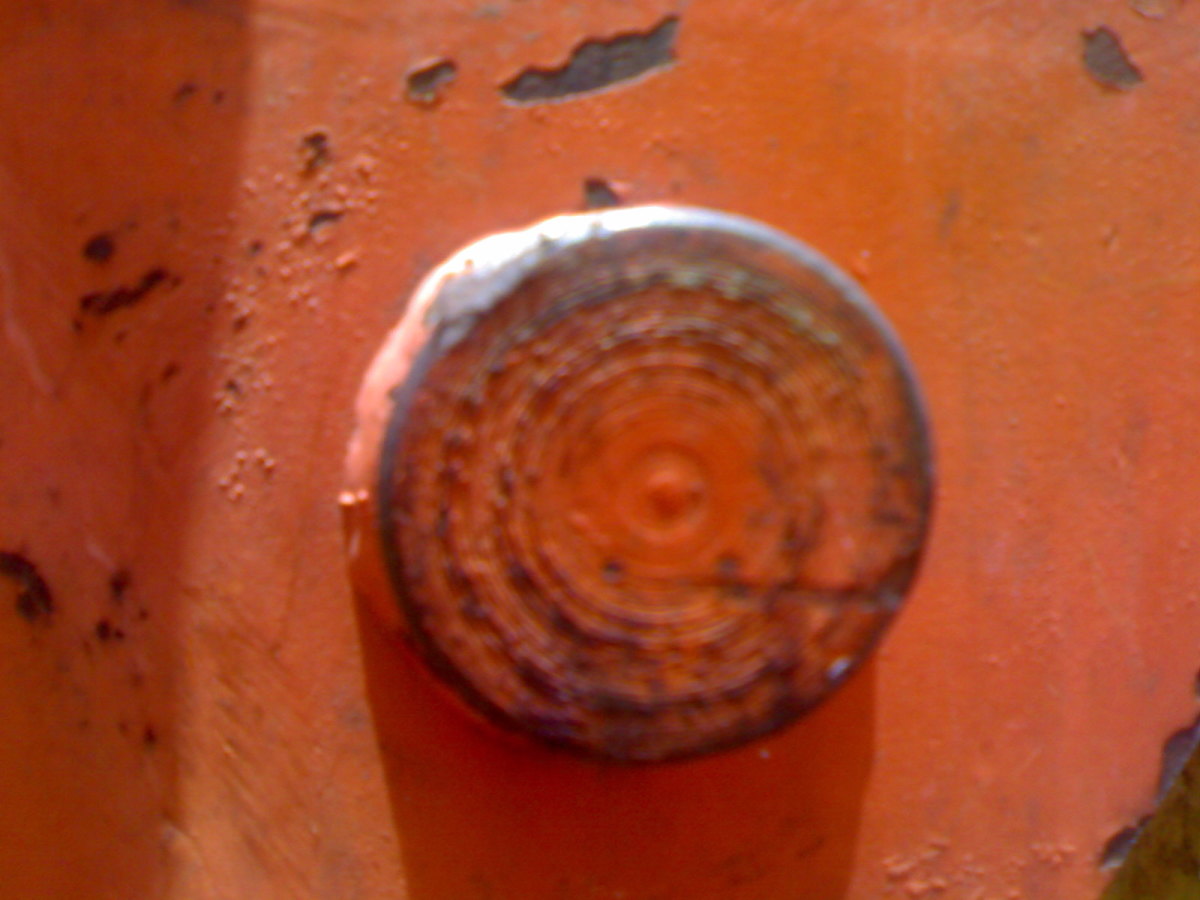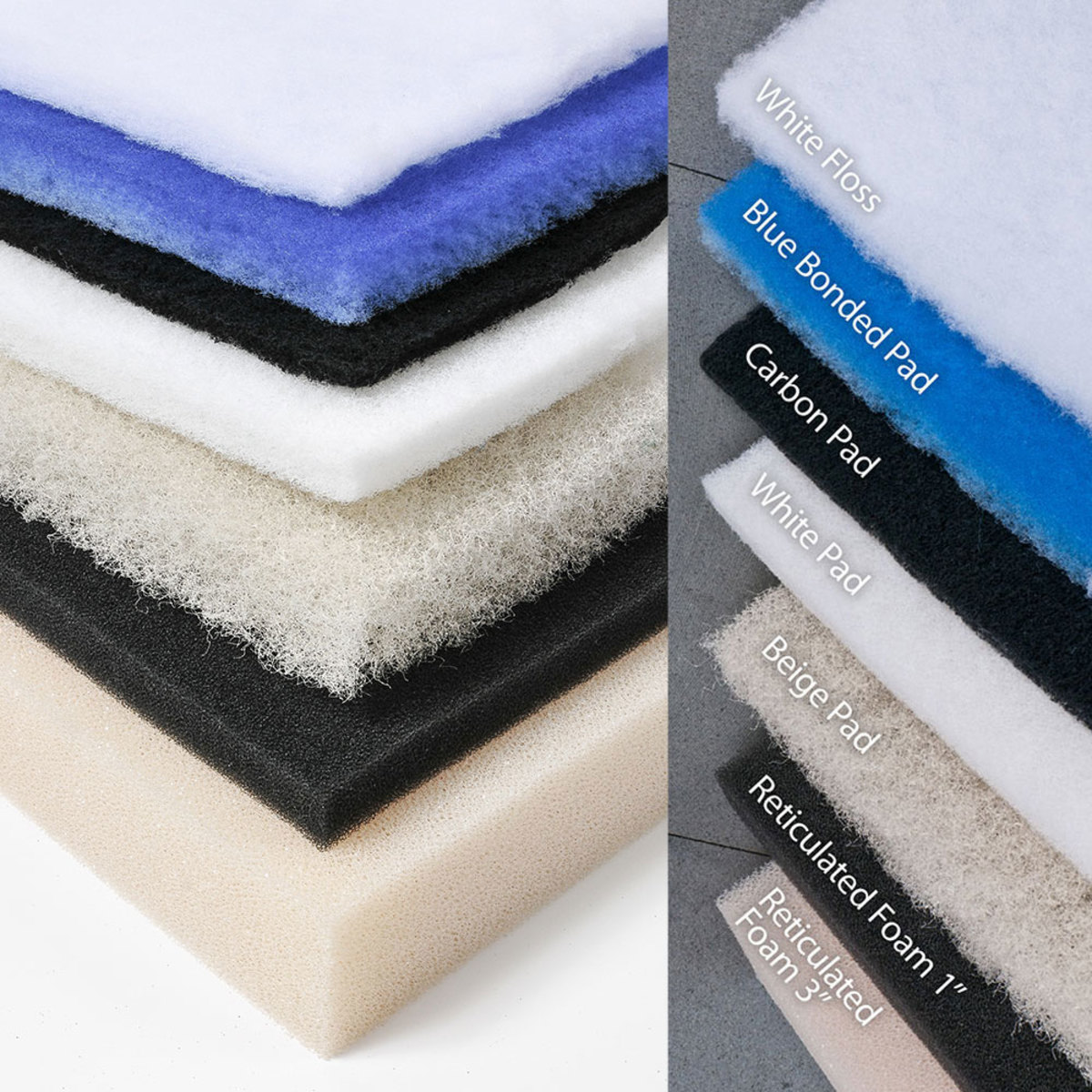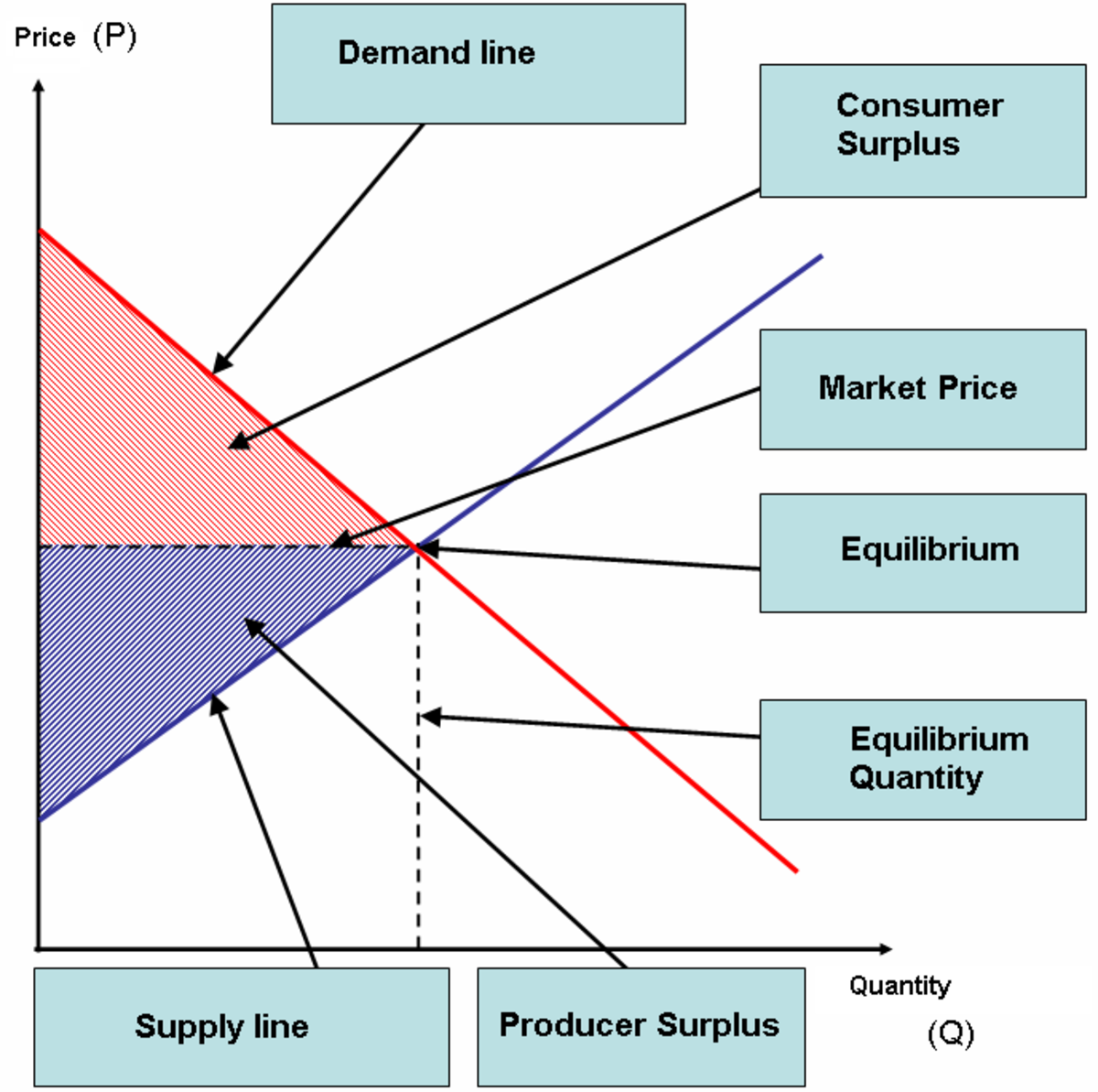Pulp
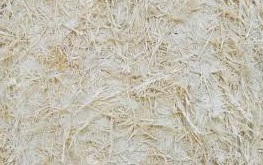
Introduction
Cellulose fibers are separated from many different types of plants, trees and recycled paper. These cellulose fibers are converted into lingin fiber materials called pulp. Pulp is mostly used to make many different kinds of papers which are used in everyday life. Paper was earlier made by different substances like reed, flax and other materials which had made paper an expensive commodity. In the nineteenth century German and Canadian inventors started using wood to make pulp. With extensive and rapid development of new ways to make pulp, price for production of paper started decreasing. Pulp is a raw material used worldwide with Canada being the largest producer of pulp in the world. Timber trees like spruce, pine, eucalyptus and birch are good sources to make pulp. The trees are cut into small wooden blocks and the wooden blocks are converted into slim boards which are used as raw materials in a paper mill.
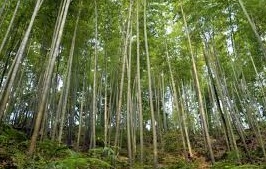
Methods of making pulp
Chemical, mechanical and hybrid methods are used to make pulp. Pulp has constituent fibers made up of cellulose fibers, lignin, and hemicelluloses. Different mechanical methods of making pulp are used according to the availability of resources. In mechanical pulping wood logs are treated with steam to soften them. Woods logs are grounded into thin malleable sheets using stones. Steam is often used in mechanical pulping as it lowers energy requirements of wood pulping.Newspapers, packing paper and card boards are manufactured using mechanical pulping. In thermomechanical method of preparing pulp, wood is heated and mechanically grind to separate individual fibers of wood chips. The fibers are cleaned and lignin is retained which makes them hard. Chemicals and organic compounds are used to treat wood chips and logs before applying thermochemical method which makes fibers easy to refine and use. Lignin disintegrates after chemical exposure of wood chips and cellulose fibers bind to form a better pulping material. The above method is called chemical pulping and most of the pulp is made using this method. Kraft process and Sulphite process are two popular types of chemical pulping methods named after persons who discovered them. Chemial pulping of wood releases many gases which have unpleasant smell and so masks or proper ventilation is used by manufacturers. Waste or outdated newspapers, tissues and rough writing papers are treated with chemicals which remove inks of the waste papers. The chemical treatment of the above mentioned papers makes their fibers free and they are reprocessed to make pulp. The recycling process is used to make a lot of writing and printing papers. Organic compounds and solvents are heated at high temperatures to make pulp called as Organosolv pulping method. Quality of the pulp is measured by brightness, neatness, smoothness and softness of the paper of the pulp. Pulp is produced and then shipped to factories for processing into paper and other usable paper materials. Other forms of pulp like air dried pulp or wet pulp are also made. Paper for day to day use is made out of air dried pulps. In order to make pulp huge number of trees are needed. Efficient management of tree farms becomes necessary so that trees are harvested properly depending on the amount of pulp to be made. However mechanical methods is more efficient method of processing raw materials and creates more pulp. Small chips of wood that are chopped out of trees are used to make pulp. Heartwood and sapwood trees are used to make wood chips. Barks of trees are also used to make pulp. Researchers are studying fiber crops, heat, hemp paper and straw to make pulp. Agricultural pulp is made using fiber crop left overs and is more energy efficient than other forms of pulp.
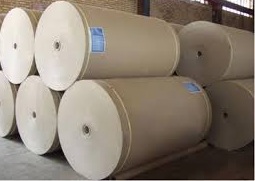
Uses
Pulp is used to make many different types of papers like thin paper sheets for writing, printing and engraving. Thick papers called paper broads are also created using pulp. Paperboard is used to make wrapping paper for packaging materials, making sculptures and other fine arts. Depending on their qualities and textures papers are graded to reflect finesse in the qualities of papers. Nano cellulose is used to make composites and paper and it made using chemical pulp. Pulp is used to make viscose which is extensively used in the textile to manufacture clothes. Chemically treated pulp is used to make personal care products which are use in day to day activities. Agricultural pulp is environment friendly where as pulp made using trees has some adverse effects on the environment. Replanting trees in areas where tree logs have been chopped, decreases the fertility of the soil. Biodiversity of the area also gets effected due to cutting of trees. Soil nutrients are regularly replenished during re-plantation of tree saplings.

